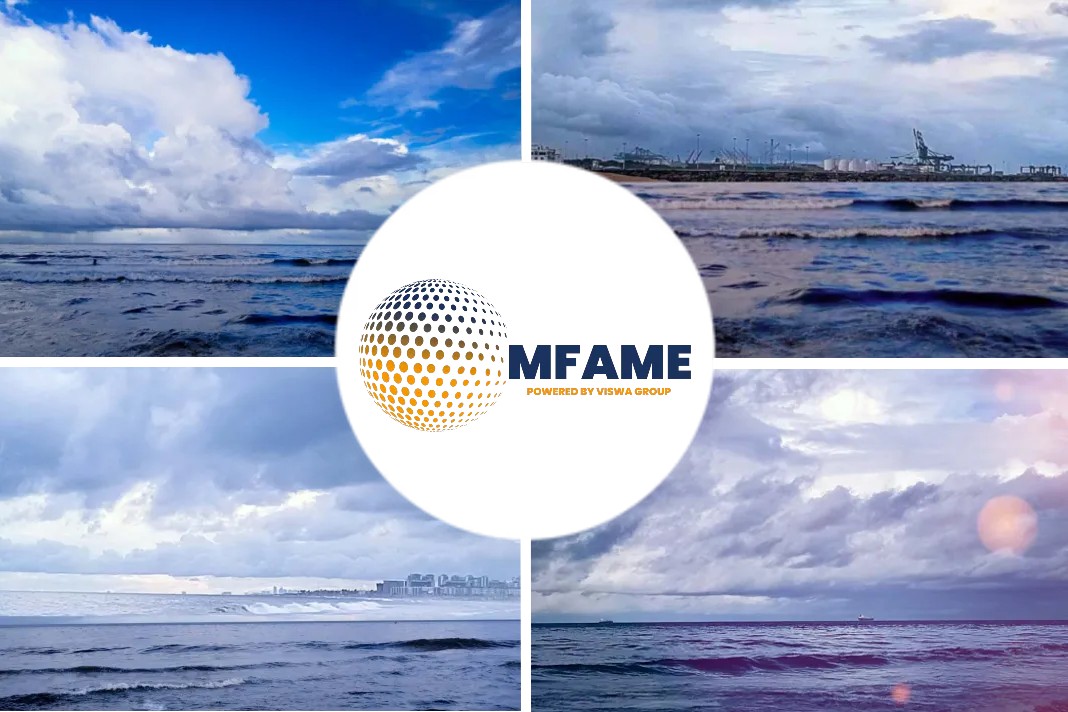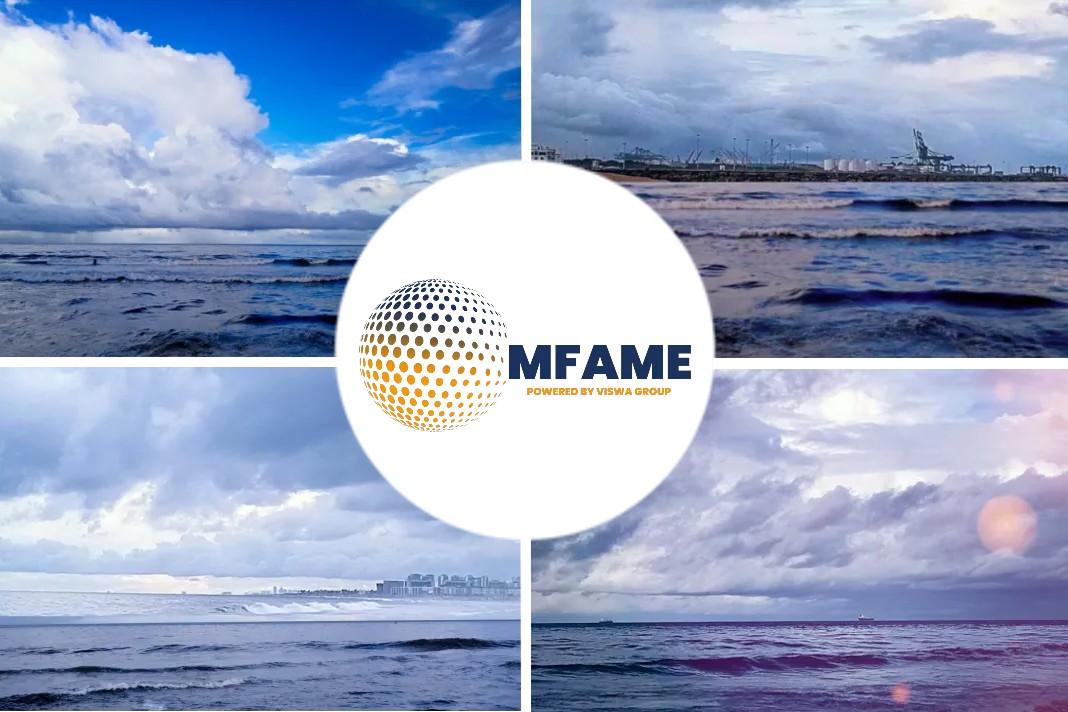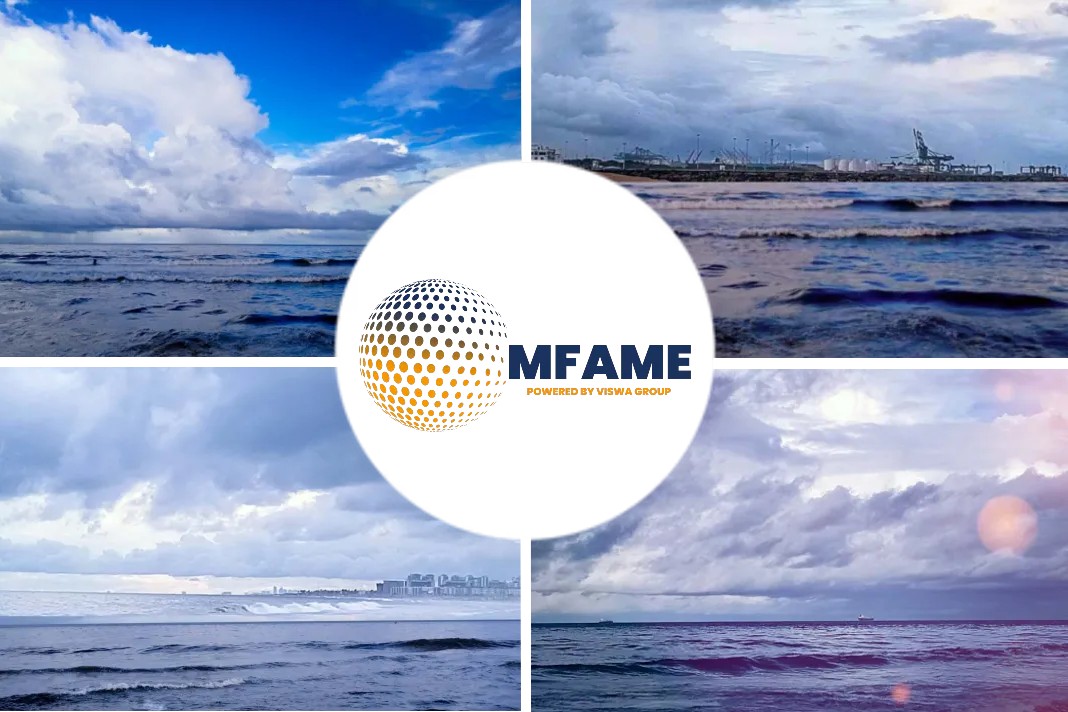Hugo De Stoop, chief executive of one of the world’s largest crude tanker companies, Euronav, took an hour in September to answer questions from S&P Global Platts on supply and demand, floating storage, strategies to manage the coronavirus pandemic, the post-IMO 2020 landscape and the future of marine fuels. Here are the key takeaways.
Would you say it has been a year of two halves for Euronav and the tanker industry?
Around 150 vessels out of a fleet of 820 were taken for storage at a time where, indeed, we had less cargo to be transported. We had such a massive potential for storage or other services outside the trading, I would say, that our rates went through the roof, and we have enjoyed a very good first quarter and a spectator second quarter. When you say it’s a year of two halves, I want to be a little bit more uplifting than that. I think it’s a year of three good quarters followed by one probably bad quarter, because the third quarter will also be — it’s not going to be as good as the first or second quarter, but it will benefit from a lot of fixtures that had been done in the second quarter and that are long enough to impact positively the third quarter. Where are we today? And that’s the reason why we believe the fourth quarter will be less interesting. We are at a time where there is still not the same consumption in the world of oil that we have pre-COVID.
What does the situation look like today?
We probably still have about 10 million b/d consumption lower than where we were. And at the same time, there is almost the same amount of ships and many of those that have been used for different types of jobs than transporting — namely storage and so on — are starting to come back. So we see an imbalance between the capacity to transport the oil and the number of cargoes we need to transport. We are hitting relatively low levels in freight rates, and we don’t see this situation improving before we get back the consumption that we had pre-COVID.
What is your strategy in the tanker market?
It seems like many people, after making very good profits over the last three or four quarters, are now looking to sell their vessels. They will try to do so as early as possible in the declining part of the value cycle. And we, of course, are going to try to do that as late as possible in the declining part of the value cycle. What we have demonstrated in the past, we are always optimistic in terms of acquisition in the down part of the cycle. It’s also a time where people are a bit more reluctant to have the courage to invest in an asset that will not return immediately in terms of return on investment, but we know we are in cyclical markets, so we know that when we invest in the low part of the cycle, it usually pays off on the high side of the cycle.
At Euronav, you have said you always looked at growth, not in absolute terms, but relative terms. Can you explain that?
There are different ways to grow the company. And one of the ways we could have grown the company over the years is by ordering many ships then growing our fleet by simply ordering new vessels. It is like in the airline industry, with what Ryanair or Easyjet and so on have done. They always order the latest generation of planes and then they grow the fleet and tend to outperform the incumbent because they have sort of old generation planes which would consume more. We always thought that, though running eco-ships has a benefit, it has a disadvantage that every time you add a ship to the market, you are deteriorating your supply at a time with the demand for your services is growing at a good pace, but we’re talking about 1% growth. So we have always favored buying second-hand assets or resale of contracts, other terms. People place an order, they can’t finance it or no longer want to deliver the ships, we buy it from them, usually at a discount. That’s how we have tried to grow the company. We don’t want to change that. We certainly don’t want to place an order at a time where we don’t know whether this existing technology and combustion engine using fuel oil is still going to be there in the next 20 years. And we are waiting for the next technology not only to be available but to be future-proof that we’re not going to change several times technology before knowing exactly what to do. So we’re going to stick to our guns of buying second-hand vessels. We’re going to try to buy modern vessels.
And how do you see supply and demand playing out in the coming years?
Every year, you have, roughly speaking, 5% of the ships that are too old so they go to the recycling yard or scrapyard. As long as you don’t renew that, your industry can reduce the size of supply by 5% every year, and we don’t believe that the oil demand will be reduced by 5% every year. We believe that we’re going to reach peak oil relatively soon, certainly in this decade. But from there on, the decline will be very gradual. The world will continue to need oil in order to transition to a world that can be less dependent on it. So our service will be needed for the long-term future. And at the same time, we are an industry that can adapt to decline rather than a growing market.
How has the industry managed the impact from the International Maritime Organization’s new sulfur cap in bunker fuels at 0.5% as of the start of 2020? What challenges have there been in the shift from high sulfur fuel oil to low sulfur marine fuels and has there been a winner?
The shipping industry has been involved with the change from high sulfur fuel oil or HSFO to low sulfur fuel oil or LSFO, and Euronav has said that’s a very good chance and has always supported that change. Having said that, it has led to many technical issues. A lot of people are still suffering from it. We may have suffered a little bit less because we were able to accumulate the product that we tested before putting into our engine. Normally, the way to look at it is that you go to the pump station with your ship, and you are provided something that has a certificate of quality, but unfortunately, the certificate of quality does not really match the new fuel. It’s more a match of the old fuel, and then I will give you a percentage of the sulfur content. Today, LSFO is probably a winner in the sense that HSFO is forbidden unless you have a scrubber and the retrofitting of scrubbers is too expensive. People have had a demonstration. The spread between the two fuels [HSFO and LSFO] was expected to be a lot higher. At the end of the day, it seems to remain around $50/b. And if you look at the forward curve for the next three or four years, it’s going to stay there.
As we move to cleaner shipping fuels, both oil-based and beyond, do you see the emergence of stronger candidates to surpass LSFO or are we still in a guessing game?
I think that the winner is already decided, and that’s going to be hydrogen or ammonia. The only problem that we have is that we don’t know when it’s going to be ready and available. I’m speaking about an engine that is really capable of burning efficiently ammonia in a safe way because ammonia is a very toxic gas. But also the infrastructure. And at the moment, it will produce a certain amount of ammonia. It uses fertilizer, but the way it is produced is brown, meaning that we’re using energy to produce it, which is coming from fossil fuels. So it’s a little bit ridiculous to be proud to burn ammonia or hydrogen onboard your vessel if you have produced it that way. There are obviously other ways to do it. If your electricity is green and has been made using renewable energy, then co-sharing. That’s what people will tend to. So I think that for the biggest vessels, ones on long voyages over 70, 80, 90 days — anywhere from 40 to 100 — it is the solution that we will have in the future. It’s going to take time to put the infrastructure in place, and it’s going to take time to finish the development of the engine, which I understand we are nearly there and we talk about two years’ time. That is the biggest question.
In the meantime, do we try to be even more efficient with the existing technology, and it seems that we have reached a limit, and maybe there’s another 5%, 7%, potentially 10% saving on the consumption and therefore, the emissions on the existing technology, but then we hit a brick wall. LNG is offering a solution for the transition, but the problem with LNG is that it is indeed lower in terms of CO2 emission, but it emits another greenhouse gas, not so much on board the ships. That is methane, CH4, but very much the supply chain. It was mostly because of leakage. So you can address that, but it doesn’t seem that there is the political will to address it at the moment. And so we, as an end-user, need to be honest with ourselves. If we swap from LSFO emitting CO2 to using LNG, but we see that from what they call the well to wake, from the production to the burning on board the vessel, damage to the environment is far greater than using CO2, even though onboard the vessel, it’s lower. I think we should ask the right questions and not jump into this technology. The risk, of course, is a little bit like with the scrubber. Everybody jumped on the technology, not really knowing what the regulation would be or the spread between the two fuels. We can find ourselves in exactly the same situation. We all order LNG then, five years later, someone finally admits that it is polluting more because we have not been able to solve the leakage problem, and everybody goes back to square one.
What are your thoughts on floating storage and recent tanker flows?
This oil crisis has affected many people in many directions in terms of investment capacity. And so temporary storage and the fact that it can be used as a buffer is extremely interesting. We have seen the traders become a little more active than they were before. So it seems that we are getting further away from traditional oil and production, transporting, delivering to the refinery, and then sending it to the consumer market. It seems that there are more trades, more sophisticated movement, more deviation of the ships even on a VLCC from time to time. It was rarely the case in the past, we were on route with the cargo towards the US Gulf and suddenly, we do a U-turn, and we do the delivery in China. I cannot remember seeing that. In the last six months, we’ve seen that on three of our own vessels. So I guess it is happening more and more.
I think that inevitably China will continue to grow its consumption and is one of the most important markets. I think that the US will try to limit its consumption, we will try to increase its production. And shale will probably come back when we are around $50/b or more, and it’s a very, very flexible type of production. Because even when people say, my God, there’s a number of companies going bankrupt because of the crisis, what does it mean? It only means restructuring the balance sheet, the production is not really affected. It stops. And then when it makes economic sense, it restarts because people have bought the rights to produce, they have bought all the assets that were stranded for a short period of time. It’s a very dynamic market, it seems to have many lives over and over again.
One of the biggest challenges for the shipping industry has been what you yourself have called “the scandal at sea” with difficulties operating under COVID-19 given the challenges around staffing vessels in various locations.
I think that we’ve been in a luxury position that went through the lockdown. We all live in our apartments or in our homes close to our families and made the best out of it. If we are thinking about our colleagues at sea then we can call it a humanitarian crisis. Because of travel restrictions, because of the diplomacy side, all the embassies have not been able to work fully staffed or issue visas. We have had a lot of people stranded at sea. They were forbidden to embark, forbidden to arrive. We have tried to do a lot. We’ve tried to use all the relationships that we have to try to move these. It’s working a little bit. It’s an absolute worldwide disaster and we will continue to fight.
Now I have to admit that shipping might be guilty of its own way of doing business. So the fact that we are always trying to be discreet, that we are always trying not to be regulated as an industry is back-firing. When we need the world to co-operate, when we need the world to pay attention to shipping, of course, everybody is ignoring us simply because they don’t even know we exist. Despite the fact that we are so important for the world economy, transporting 80% or 90% of all the goods and all the good things that we know about shipping. When you don’t have people that you vote for who is responsible for the crisis to do something about it, chances now are it’s going to be pretty low on their to-do list. And that is a pity but maybe a lesson to be learned as to what it would take to rebrand shipping as a noble good.
Did you subscribe to our daily newsletter?
It’s Free! Click here to Subscribe!
Source: S&P Global















